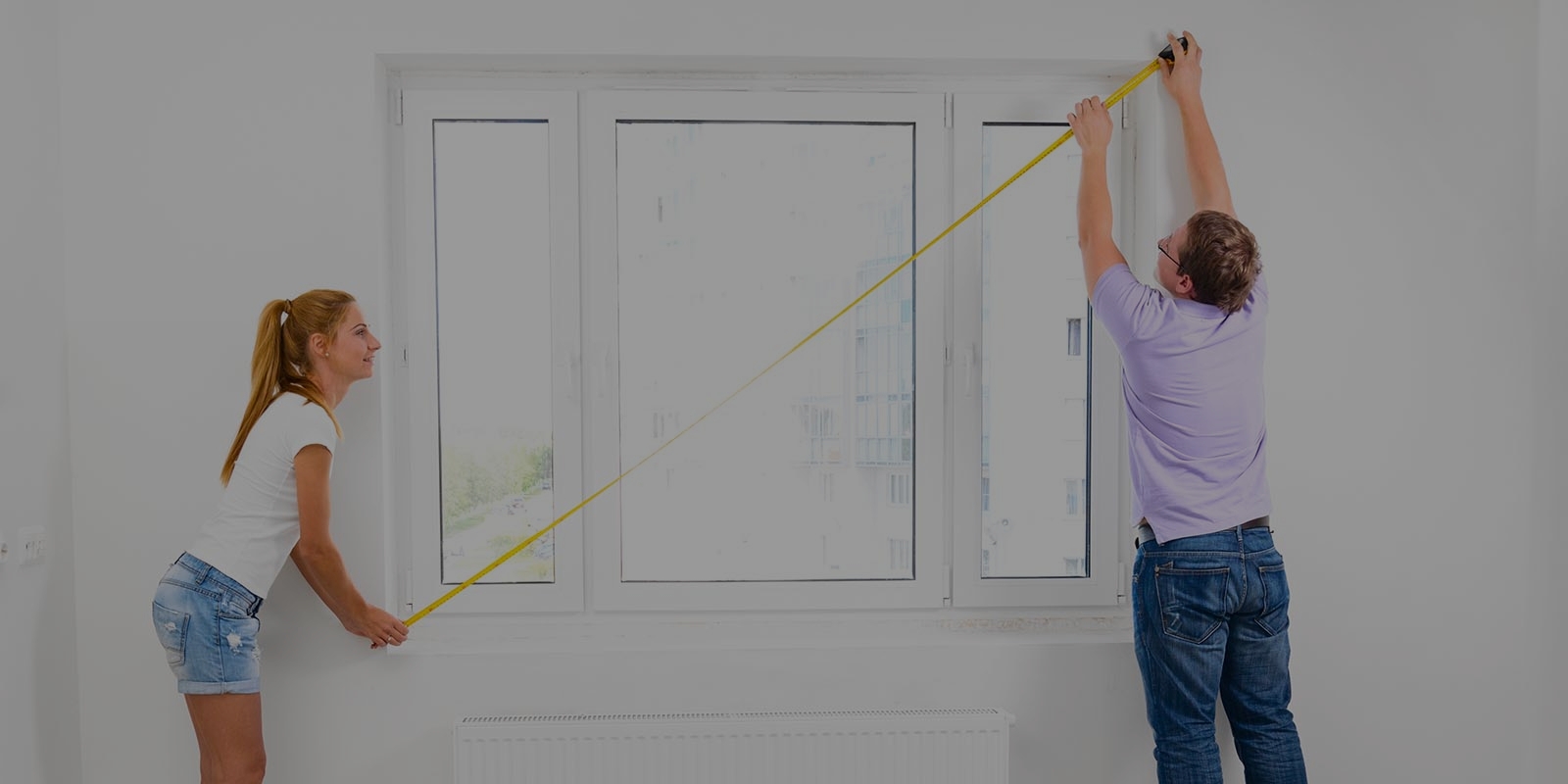Innovative Bed and Mattress Moving Tips for Homeowners
Posted on 25/05/2025
Innovative Bed and Mattress Moving Tips for Homeowners
Relocating to a new home is an exciting journey, but moving large, bulky items like beds and mattresses can pose unique challenges. Careless handling can result in damaged frames, ripped upholstery, or mattress distortion. Whether upgrading your residence, moving into your first home, or simply redecorating, these innovative bed and mattress moving tips offer modern solutions for homeowners seeking efficiency and protection during their move.
Why Specialized Bed and Mattress Moving Strategies Matter
The bed serves as the heart of your bedroom, and a high-quality mattress is crucial for restful sleep and back health. Improper transport can void warranties, reduce comfort, or even cause irreparable damage. With more families investing in premium sleeping solutions, it's vital to adopt careful, advanced techniques for moving beds and mattresses.
Potential Risks When Moving Beds and Mattresses
- Structural Damage: Frame joints, headboards, and support beams can loosen or break if handled incorrectly.
- Mattress Deformation: Folding or cramming mattresses may affect support and shape retention.
- Hygiene Issues: Exposed mattresses are vulnerable to dirt, dust, and pests during relocation.
- Personal Injury: Heavy lifting and unwieldy components increase the risk of strains or accidents.

Pre-Move Preparation: Planning Makes Perfect
1. Take Bed Measurements and Assess Your New Space
Begin your bed and mattress moving journey by measuring your bed's components (frame, slats, headboard, and footboard), as well as your mattress (length, width, and height). Carefully measure entryways, staircases, elevators, and bedrooms at your new residence. Ensure all parts will fit through each passage to avoid frustration during moving day.
2. Dismantle with Care and Label Components
- Refer to the Manufacturer's Manual: Whether you have a traditional bed frame, an adjustable design, or a platform bed, check the manual for disassembly tips. Some modern beds feature innovative locking systems that require specific tools or techniques.
- Organize Hardware: As you remove bolts, nuts, and screws, place them in labeled plastic bags or magnetic parts trays. *Tape hardware bags directly to the corresponding bed component or store in a designated "moving essentials" box.*
- Label Each Part: Use masking tape and a marker to label bed pieces. This will streamline the reassembly process and ensure you don't misplace any crucial parts.
3. Invest in Mattress Moving Supplies
Before moving day, acquire high-quality mattress bags or covers. These will protect your costly mattress from tears, moisture, and dirt. For innovative moving tips, opt for vacuum-sealed or zipper-closed bags, which also compress your mattress for easier handling. Additionally, heavy-duty moving blankets, stretch wrap, and sturdy straps are essential for protecting bed frames and headboards during transport.
The Best Techniques for Moving Beds and Mattresses
4. The Roll and Fold Method--Only for Certain Mattresses!
Many homeowners ask, "Can I fold or roll my mattress for easier moving?" The answer depends on the type:
- Memory Foam and Latex Mattresses: These can generally be gently rolled and secured for short moves. Use a vacuum-seal bag to minimize size, but never store rolled for long periods.
- Innerspring and Hybrid Mattresses: Never fold these, as doing so can seriously damage the coil system or cause materials to bunch.
Always check the manufacturer's recommendations before folding or rolling, to ensure warranty protection and mattress integrity.
5. Utilize Mattress Moving Straps and Innovative Dollies
Moving a mattress by hand can be awkward and tiring. Modern moving tools, such as mattress moving straps, lifting harnesses, or mattress-specific dollies, dramatically improve control and reduce back strain. These devices distribute weight evenly and allow for one or two people to maneuver king- or queen-size mattresses with confidence.
6. Protecting Headboards, Slats, and Bed Rails
- Wrap Fragile Parts: Use bubble wrap and thick moving blankets for decorative headboards and finials.
- Secure Long Rails: Stack rails and slats, wrap with furniture pads, and secure with stretch wrap or packing tape to prevent shifting in the truck.
- Stack Strategically: Avoid putting heavy boxes or furniture on top of your wrapped headboard or mattress during transport.
7. Secure Mattresses Upright in the Moving Truck
Contrary to popular belief, transporting a quality mattress upright, leaning along the truck wall (with plenty of securing straps), is safer than laying it flat with boxes on top. This orientation saves valuable space and prevents undue pressure on the mattress's internal structure.
8. Climate-Proof and Partial Moving Solutions
If your move involves long distances or storage in non-climate-controlled conditions, ensure your mattress is in a sealed, waterproof bag and elevated off the floor. If possible, choose a well-ventilated, dry area. In high-humidity regions, consider using desiccant packs or moisture absorbers inside the mattress bag.
Creative Solutions: Turning Challenges Into Easy Moves
9. Harness Professional Movers' Expertise
If your bed or mattress is particularly expensive or custom-made, it's worth considering specialized moving companies that offer "white glove" or custom mattress moving services. These professionals use advanced equipment and protective techniques, minimizing risk and streamlining the process for homeowners.
10. Don't Forget Platform, Adjustable, and Smart Beds
- Platform Beds: Remove all drawers or storage bins. Some innovative designs feature easy-snap slats or interlocking frames--refer to your bed's manual for details.
- Adjustable or Smart Beds: Unplug electronic bases and tape cords securely. Remove motors or controllers, if possible, and pack them separately in padded boxes.
- Waterbeds: Specialist attention is recommended. Drain and disassemble following manufacturer guidelines to avoid leaks or damage.
11. Moving Beds in Small Spaces or Apartments
If navigating narrow hallways or tight staircases, break the bed down to the smallest possible components. Innovative tricks include removing doors temporarily, using furniture sliders, or leveraging corner dollies to pivot large pieces. Use forearm forklifts for mattresses in tight quarters.
12. DIY Mattress Slings for Solo Movers
For solo homeowners, creating a DIY mattress sling from strong canvas or bed sheets can provide much-needed leverage. Knot two oversized sheets securely on either side, creating sturdy loops for carrying. This approach keeps your mattress from dragging against floors or walls, protecting both your investment and your new home.
Mattress Moving FAQ: Top Homeowner Questions Answered
Can I Move a King Mattress in a Pickup Truck?
It's possible but requires preparation. Secure the wrapped, upright mattress in the truck bed, using ratchet straps through the tie-down hooks. Cover with a tarp to avoid sun or rain exposure. Never allow the mattress to flap in the wind, as this can cause irreparable damage.
What's the Best Way to Store My Bed and Mattress During a Move?
Choose clean, dry, and climate-controlled facilities if storing for more than a few days. Avoid stacking heavy items on your mattress, and place bed frames along the wall, separated with furniture pads to prevent scratching or warping.
Are There Eco-friendly Mattress Moving Solutions?
Yes! Reusable fabric mattress bags, recycled moving blankets, and cardboard corner protectors help minimize your carbon footprint. Donate unwanted but gently used mattresses to local charities or recycling programs instead of sending them to the landfill.
Unpacking and Reassembling: Getting Your Bed and Mattress Ready for Rest
13. Clean and Inspect Before Use
- Before reassembly, wipe down all bed components with a gentle, non-abrasive cleaner. Check for damage or missing hardware.
- Allow your mattress to air out and regain its shape, especially if it's memory foam or was vacuum-sealed during the move.
14. Use a Level for Assembly
When putting your bed back together, check that headboards and frame are assembled squarely and evenly. Use a carpenter's level for a sturdy, wobble-free setup.
15. Mattress "Refresh" Tips After Moving
- Deodorize using a baking soda sprinkle, then vacuum after 30 minutes before placing bedding.
- If concerned about potential pests or moisture, let the mattress breathe near a sunny window for several hours.

Extra Tips for a Stress-Free Bed and Mattress Move
- Plan ahead and allow ample time for disassembly, moving, and reassembly; rushing increases the risk of accidents or damage.
- Ask friends or family for help, or hire professional movers for heavy or awkward items.
- Maintain proper posture when lifting--bend your knees, not your back, and don't be afraid to use moving aids.
- Keep essential tools handy (allen keys, screwdrivers, wrenches) for quick adjustment or repair.
Conclusion: Move Your Bed and Mattress the Smart Way
Relocating your bed and mattress doesn't have to be an ordeal. By embracing these innovative bed and mattress moving tips, homeowners can protect valuable investments, avoid personal injury, and ensure a smooth transition into a new home. With the right tools, proper supplies, and a little planning, you'll be sleeping soundly in your new bedroom in no time.
Looking for more advice? Explore our moving resources and guides for the latest methods on efficient, safe home relocation!







